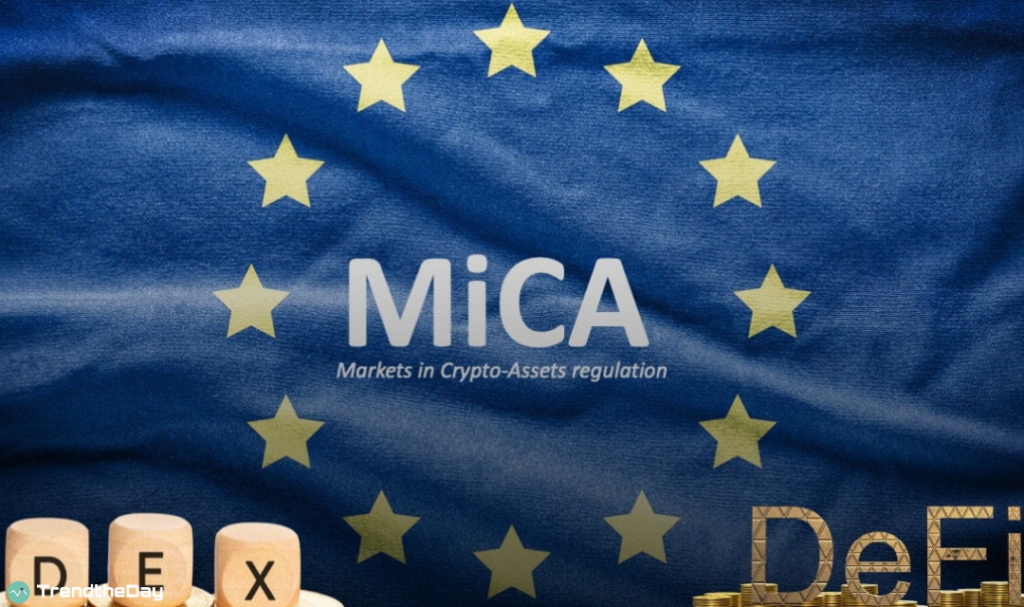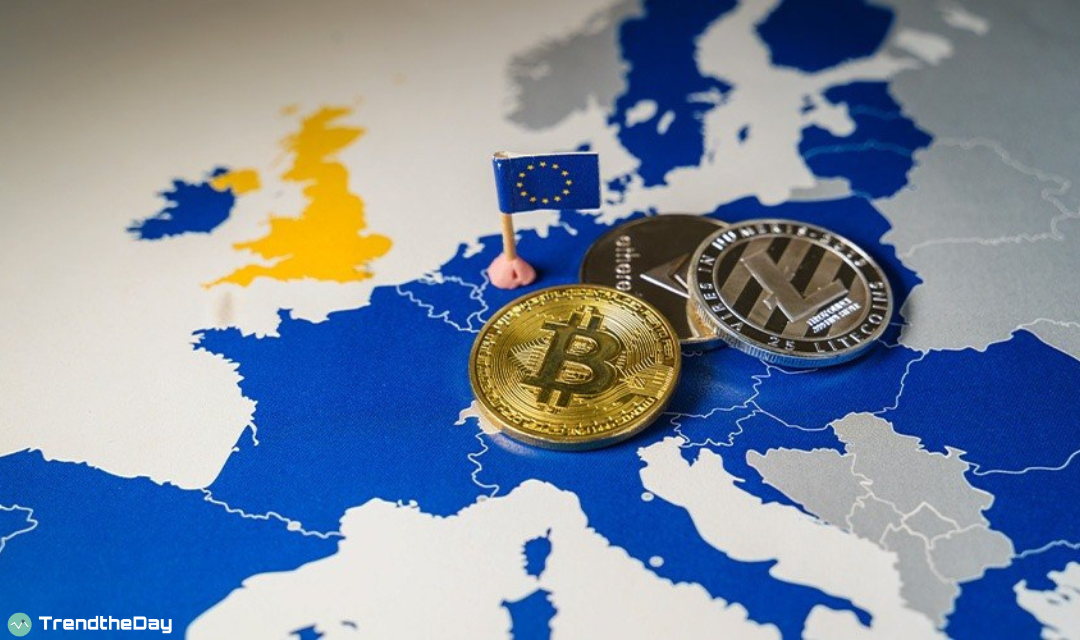EU Regulating crypto-assets to Foster Innovation and Protect Consumers of Blockchain Technology and Cryptocurrencies. Blockchain technology is a form of distributed ledger technology (DLT) that allows for the creation, transfer and verification of digital data without the need for a central authority. Blockchain technology enables the creation of cryptocurrencies, which are digital tokens that can be used as a medium of exchange, store of value or unit of account. Cryptocurrencies are based on cryptographic protocols that ensure their security, integrity and scarcity.
Cryptocurrencies have attracted the attention of regulators, policymakers, investors and consumers around the world, due to their potential benefits and challenges. On the one hand, cryptocurrencies can foster innovation, competition, financial inclusion and efficiency in the digital economy. On the other hand, cryptocurrencies can pose risks to financial stability, consumer protection, market integrity, money laundering, terrorist financing and tax evasion.
The European Union (EU) has been at the forefront of developing a comprehensive and innovative regulatory framework on markets in crypto-assets (MiCA), which was adopted in June 2023. The MiCA regulation aims to provide legal certainty and clarity for crypto-asset issuers and service providers, as well as to ensure a high level of consumer and investor protection and financial stability in the EU.
MiCA is an acronym for Markets in Crypto-Assets, which is a regulation in EU law that aims to provide a clear and consistent legal framework for crypto-asset markets in the European Union. MiCA covers crypto-assets that are not already regulated by existing financial services legislation, such as securities or electronic money. MiCA introduces rules for crypto-asset issuers and service providers, such as transparency, disclosure, authorization and supervision requirements. MiCA also aims to protect consumers and investors from the risks associated with crypto-assets, such as fraud, cyberattacks, money laundering or market manipulation.

MiCA was approved by UN Parliament in April 2023 and will become law in Jun 20233. You can find more information about MiCA on the websites of the European Commission, the European Securities and Markets Authority or on any other news resources.
https://en.wikipedia.org/wiki/Markets_in_Crypto-Assets
The MiCA regulation covers all types of crypto-assets that are not already regulated under existing EU legislation, such as securities or electronic money. The MiCA regulation introduces a classification of crypto-assets based on their features and functions, such as:
- Asset-referenced tokens (ARTs), which are crypto-assets that claim to maintain a stable value by referring to a basket of assets, currencies or commodities. ARTs are subject to strict transparency and governance requirements, as well as prudential rules similar to those applicable to credit institutions and investment firms.
- E-money tokens (EMTs), which are crypto-assets that claim to maintain a stable value by referring to a single currency. EMTs are subject to the same rules as electronic money under the existing EU legislation.
- Utility tokens, which are crypto-assets that are intended to provide access to a service or a good on a DLT platform. Utility tokens are subject to basic transparency requirements and consumer protection rules.
- Other crypto-assets (OCAs), which are crypto-assets that do not fall under any of the above categories. OCAs are subject to enhanced transparency requirements and consumer protection rules.
The MiCA regulation also establishes a harmonised set of rules for crypto-asset service providers (CASPs), such as custodians, exchanges, brokers or advisers. CASPs are required to obtain authorisation from a competent authority in an EU Member State and comply with organisational, capital, conduct of business and governance requirements. CASPs are also subject to supervision and enforcement by national authorities and the European Securities and Markets Authority (ESMA).
The MiCA regulation is expected to enhance the legal certainty and clarity for crypto-asset market participants in the EU, as well as to foster innovation, competition, financial inclusion and efficiency in the digital economy. The MiCA regulation is also expected to mitigate the risks associated with crypto-assets for financial stability, consumer protection, market integrity, money laundering, terrorist financing and tax evasion.
However, the MiCA regulation also poses some challenges and limitations for the development of EU regulating crypto-assets markets. For instance:
- The MiCA regulation may create regulatory arbitrage opportunities for crypto-asset issuers and service providers that operate in third countries with less stringent or more favorable rules. This may undermine the level playing field and competitiveness of the EU crypto-asset market.
- The MiCA regulation may not be able to address all the emerging issues and risks related to crypto-assets, such as environmental sustainability, interoperability or scalability. This may require further adaptation and innovation of the regulatory framework in response to technological developments and market dynamics.
- The MiCA regulation may not be sufficient to ensure effective international coordination and cooperation among regulators, supervisors and law enforcement authorities on crypto-assets. This may hamper the cross-border supervision and enforcement of crypto-asset activities, as well as the prevention and detection of illicit activities involving crypto-assets.

If you want to know more about Blockchain and Cryptocurrencies :
Therefore, while the MiCA regulation represents a significant step forward in regulating crypto-assets in the EU, it also calls for continuous monitoring and evaluation of its impact and effectiveness, as well as for further dialogue and collaboration with third countries and international organizations on crypto-assets.


